May 23, 2025 | 18:27 GMT +7
May 23, 2025 | 18:27 GMT +7
Hotline: 0913.378.918
May 23, 2025 | 18:27 GMT +7
Hotline: 0913.378.918
Vietnam Agriculture News recently had an interview with Ms. Luong Thi Kiem, Deputy Director of Hai Duong Department of Agriculture and Rural Development, and Mr. Nguyen Khac Tien, Chairman of the Board of Directors of Ameii Vietnam JSC to gain some insight about the lychee crop 2023 in Hai Duong.
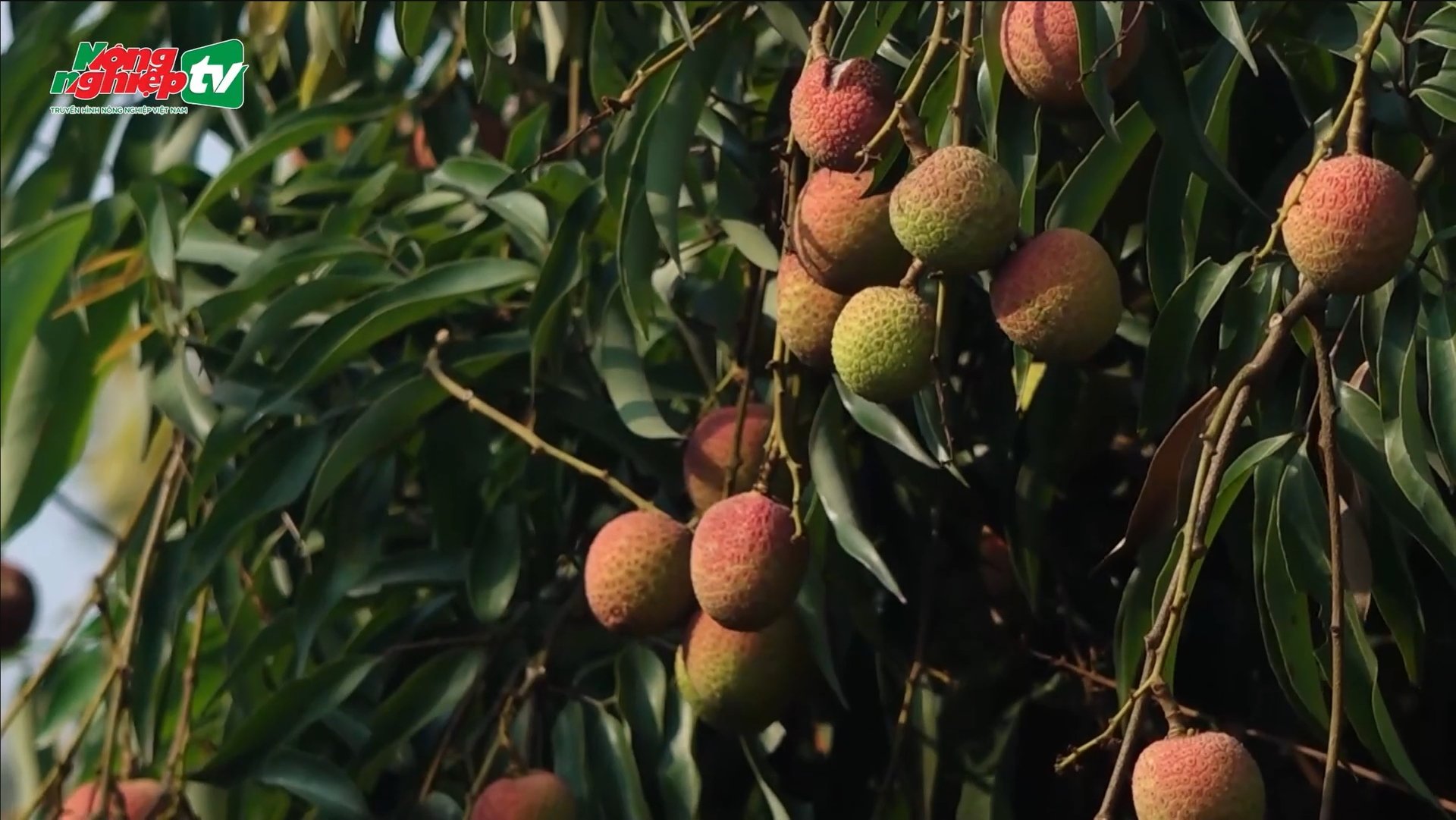
There are many encouraging signs before the upcoming lychee harvest this year in Hai Duong. Photo: AgriTV.
Dear Ms. Kiem, as we all know at present, the requirements of export markets are increasingly strict, thus farmers need to precisely follow the production regulations. So on the side of the local agriculture authority, what solutions does Hai Duong province have this year to spread the word and help farmers produce lychees that meet the best export standards?
Hai Duong province has two key lychee growing areas, Thanh Ha district and Chi Linh city. It is convenient for the management because the growing areas are concentrated. But one of Hai Duong’s drawbacks is that groups of farmers join the production process in vast numbers. Regarding the scale, each household only has 1,000 – 2,000 square meters. Therefore, considering the growing area of a total of 3,000 ha in Thanh Ha district, we need to manage tens of thousands of farming households. It is immense pressure on state management agencies.
We also have certain solutions to do well in management and bring out uniform quality products. Regarding the export markets, each of them has different requirements, but they all share something in common: growing area codes and packing facility codes is a must-have. It is a requirement that serves traceability. if there are any problems, the consumers can trace back to the producer and the production stage that caused such problems.
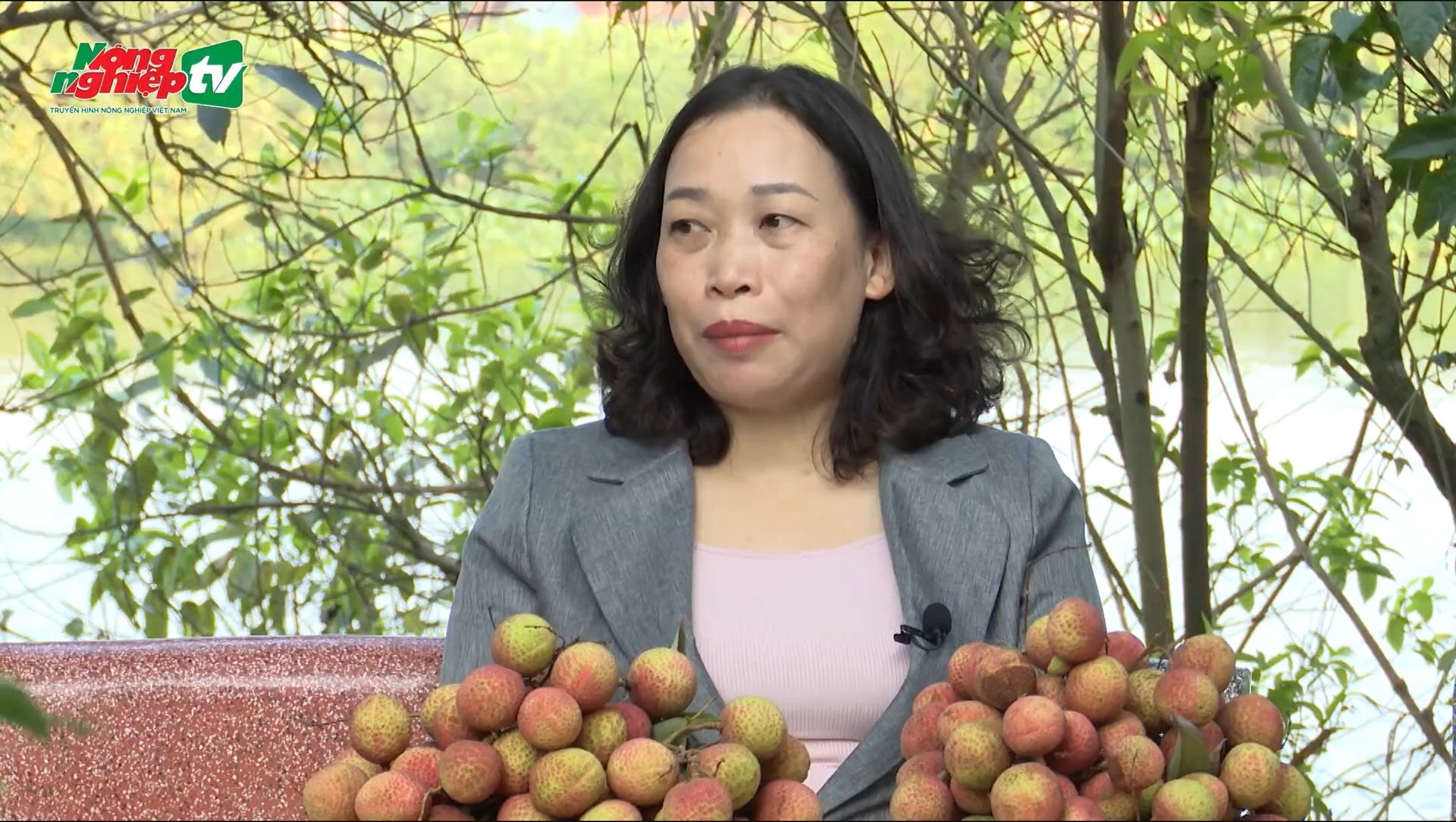
Ms. Luong Thi Kiem, Deputy Director of Hai Duong Department of Agriculture and Rural Development. Photo: AgriTV.
As for the issuance of growing area codes here in Hai Duong, we have done it for a long time, and particularly in recent years we understand that management has become a factor of utmost importance, so we take this very seriously.
We do our best to meet the standards and requirements of each importer. The USA has its own requirements, Japan has its own requirements, and China is no different. Whatever the markets ask, we will accurately meet their expectation.
We also accompany enterprises, granting packing facility codes. If an enterprise is unable to meet the conditions required by importing countries, we will stand by their side and help them with the upgrade. We have done all of these preparations for many years.
Traditional markets such as China, the USA, Japan, or Australia have all completed the inspection so they have great trust in the transparency of Hai Duong’s products. Granting growing area codes and packing facility codes is just the first step, what’s left is how we can make products that are qualified in terms of food safety and meet the demands of importing countries. That is the important thing, which is also the hardest.
With such a number of farmer households, we have to strictly manage inputs used for production. We pay keen attention to the one-month time before the harvest. This period will determine whether the product is qualified for export. We also want enterprises to avoid potential risks of farmers being dishonest or the lack of management in the issuance of codes.
We have also implemented the work of consulting, training, and guiding business households so that they can relay the knowledge to farmers. The final step is to monitor to see whether farmers comply with their commitment. Businesses will then coordinate with us to choose orchards that buy inputs from committed establishments, strictly follow the requirements and keep the production log, because that would basically mean the products are qualified for export. There is an additional step where businesses take samples to test the product before making purchases.
Dear Mr. Tien, in order to export Thieu lychees, we now have to put more effort to meet the requirements of importing countries which are harshly established, for example, growing area codes and packing facility codes. So how has Ameii come up with solutions and cooperated with farmers to achieve this goal?
As Ms. Kiem has mentioned, businesses like us are the ones blessed with this companionship. The province has done a great job in monitoring and preparing thoroughly in terms of state management, so farmers not complying with regulations is unlikely to happen. That’s the first convenient thing for businesses.
On the other hand, we ourselves have to be proactive in joining linkage with farmers, We even establish cooperatives to secure a stable raw material area in service of export to our customer countries.
In the process of participating in the production link chain and cooperatives, every member follows the production procedure issued by the Department of Agriculture and Rural Development specifically the Sub-department of Crop Production and Plant Protection. The pesticides are used in a way to guarantee the isolation time and residue qualification of products in consideration of the target market. We have done our parts well in terms of connection and preparation.
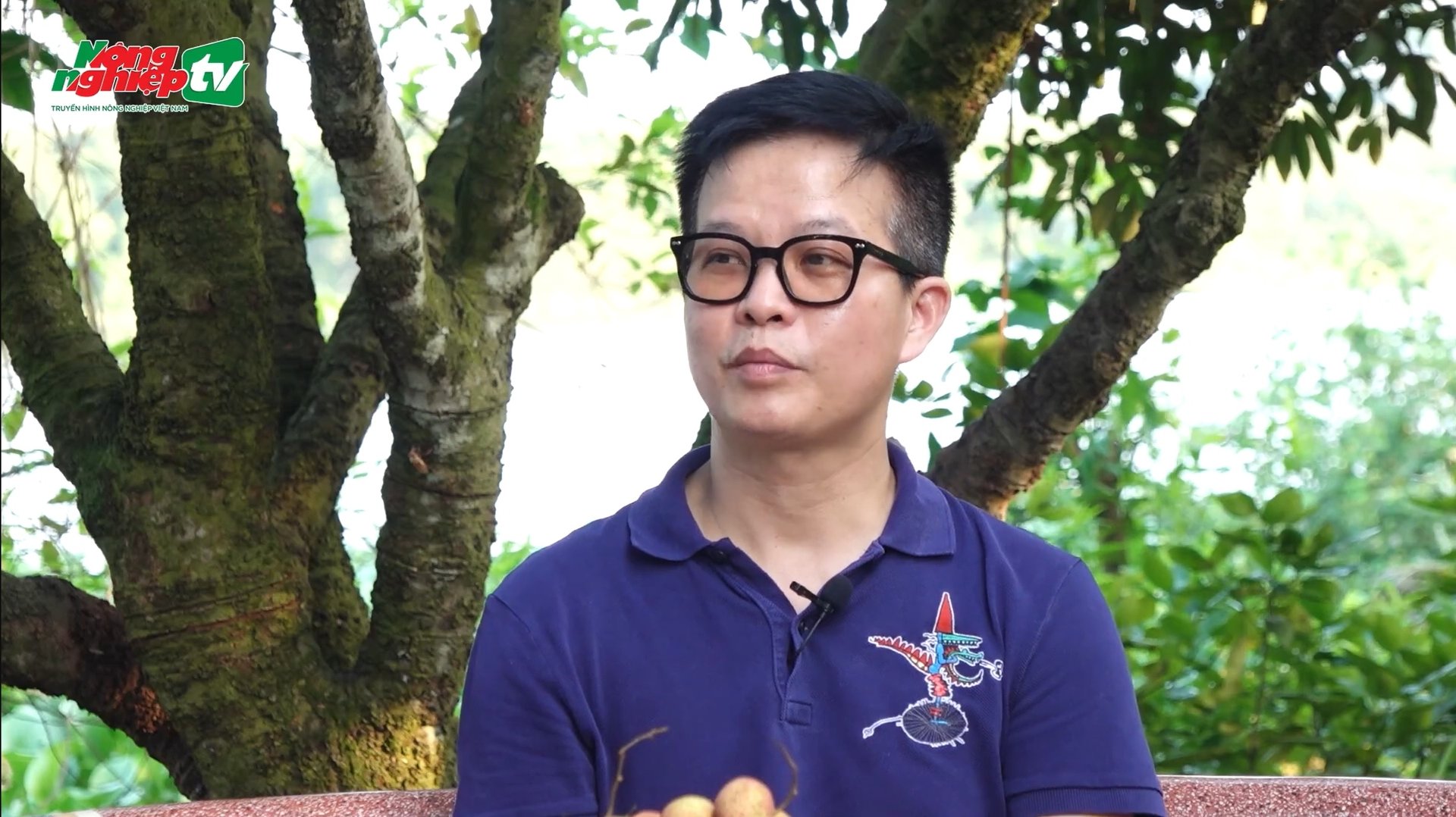
Mr. Nguyen Khac Tien, Chairman of the Board of Directors of Ameii Vietnam JSC. Photo: AgriTV.
Our company assigns staff to accompany farmers every day. When it’s time to monitor the fields or spray pesticides, the technical staff will come and record the spraying history and production process. It’s because we have to continuously update the process with our clients instead of waiting until the promotion stage to deliver the information. The time of growth of lychee plants, the time of flowering, ... all are updated with pictures and sent to customers.
Our products are qualified in terms of pesticide residues, and the product quality has been improved and perfected after each production cycle. The company also experiences positive signals in sales growth rate. Upselling requires the support and deep involvement of businesses in link chains.
As we have mentioned, a bountiful harvest means pressure. Particularly for Thieu lychee, the harvest period is very short so farmers must be quick. This results in ample difficulties in consumption since the output is in such a big amount. So in the long run, we need to consider thinning out the Thieu lychee crop. From an expert viewpoint, can you share with VAN viewers more details about this matter?
Despite being considered a high-quality, delicious fruit, lychee is perhaps one of the rarest fruit to be seen in the world market. Those who live in the middle of the “land of lychee” see it every day, but for consumers worldwide, there are people who have never seen or tasted it.
This disadvantage can be answered by the short harvest period, and another special thing about lychee is that we cannot apply technical measures to make the trees flower or give fruit off-season. The prerequisite is low temperature so that lychee trees can grow buds and flowers. Therefore, with each lychee harvest area, the time to collect fruits only lasts less than a month.
To lengthen the time to harvest and preserve lychees is not an easy matter to solve. It is even more so for the state management agencies specifically provinces that specialized in lychee cultivation like Bac Giang.
Hai Duong is located in a climate sub-region different from Bac Giang, so after harvesting lychees in the Central Highlands comes the lychee crop of Hai Duong. When the early crop of Hai Duong lychees is over, the early crop of Bac Giang lychees starts. The reason is that Bac Giang is closer to China, so the weather is a bit cooler.
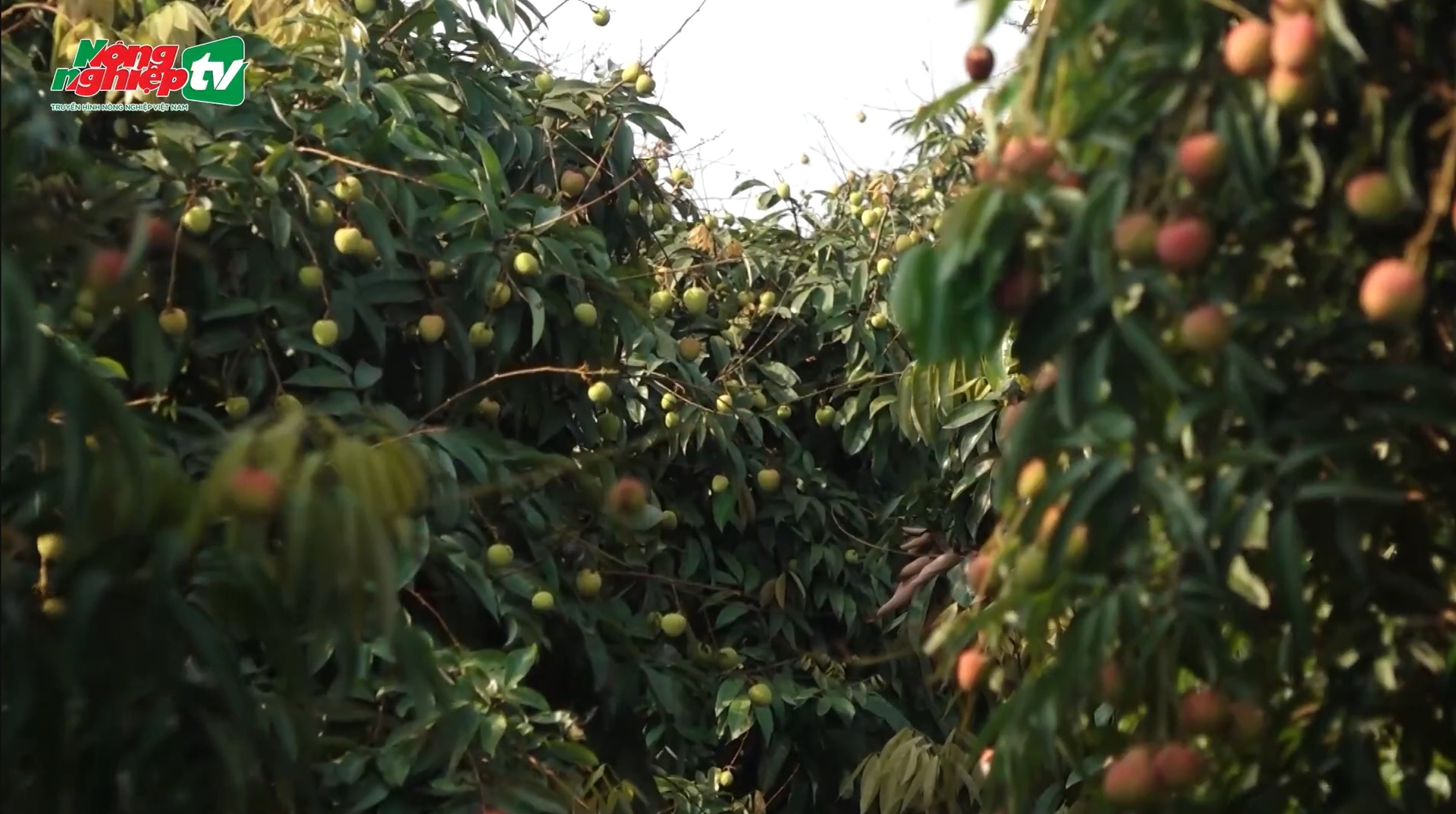
A bountiful harvest means pressure. Particularly for Thieu lychee, the harvest period is very short so farmers must be quick. Photo: AgriTV.
But it’s true that we want to lengthen the time we harvest lychees from Hai Duong and make it much sooner to maximize farmers’ benefits. Currently, in the lychee variety structure, we have 10 in total and 5 key varieties which include 4 varieties of early ripening lychee and 1 variety of main-crop lychee.
In the variety structure, early ripening lychee varieties account for 30%, and the rest are main-crop lychee varieties. But this structure actually put great pressure on the lychee crop because the harvest time is only 10 days more or less, while the output is immense. Added with the pressure of consuming lychees from Bac Giang and other areas, farmers are the ones who struggle.
Our province is directing to restructure the lychee varieties. To be more specific, we will increase the area of early ripening lychee. That’s the time when the supply sources are few to be seen, and it would be easier to consume Hai Duong lychees.
Particularly for Thieu lychee, we will apply appropriate measures to care for the trees and improve the fruit’s quality. We are also determined to allocate the market for each group of lychee. For example, most of the products exported and sold to markets like China are early ripening lychees. As for Thieu lychee, we will have our main focus on high-profit markets such as Japan, the USA, or Australia. We also sell in domestic markets where people with sophisticated palates wish to experience the “Thanh Ha signature”, thereby elevating Thieu lychees’ value.
But to tell the truth, preservation remains a “tight knot” in lychee production, not only in Hai Duong but the entire country instead. In case we have an answer for this question, and with the lychee output capable of meeting the world’s demands, the value of lychee will be much higher. We hope that in years to come we can accompany businesses as well as gather more investors in the field of product preservation so that the lychee will be many times more valuable in the market.
Vietnam’s lychee at present not only requires us to improve quality but we also have to compete with lychees of other places. There is even a possibility that Vietnam’s harvest period is overlapping the harvest period of other lychee-growing countries.
As a company full of experience when it comes to international consumption and export markets, Mr. Tien, can you share with us some of your thoughts on this issue? How do you see the competitiveness of Vietnam’s lychee? How can Vietnamese lychee affirm its name and position in the international market?
In the process of exporting lychee, it’s true that we encounter certain pressures because other countries also export at the same time. When we export to the Japan market, other countries, like China for example, would immediately come t this market, ready to sell at a much lower price, almost to the point of “buy 1 get 1” to exert competitive pressure.
But the question is: How can we maintain our confidence and increase the output every year? First of all, the answer lies in the quality of Vietnam’s lychee. If we make a comparison in terms of quality, from the perspective of customers who gave us feedback in messages and images, Vietnam’s lychee specifically Thanh Ha lychee possesses a “taste” suitable for a wide variety of customers.
We have tried some of the lychees from other countries, and the taste is different from Thanh Ha lychees. We are superior in deliciousness. Our lychee’s quality is already an advantage which make the product stand out. During the process of marketing, apart from promoting the quality of lychee, we always remember to mention its origin and the story of how we made the product.

Vietnam’s lychee specifically Thanh Ha lychee possesses a “taste” suitable for a wide variety of customers. Photo: AgriTV.
From our point of view, it is not lychee the only thing we sell, not a bunch or a kilogram of lychee. We have to sell the stories, values, and even start from the packages and label stamps. We are very thorough and meticulous in our investments to complete the production chain and make the best product. Therefore we are able to see that most of Thieu lychee products of Vietnam may suffer from the pressure of competitors at first, but when the customers reach out to our product, adding that we even have instruction paper to differentiate Vietnam’s lychee with those of other countries, they can see and evaluate for themselves.
It’s obvious that if we don’t introduce, analyze and show it, consumers can eat it today but forget about it tomorrow. When we introduce our product outside, we always make sure to attach a distinction sheet, giving detailed information about the crop, the quality, how sweet our lychee is, and other factors such as the preservation and processing stages. Combining all these elements, we tell the product’s story. We create a synergy effect on our customer, showing them that there are more to our lychee. Our Thieu lychee’s origin and uniqueness are values of another level.
We feel very lucky to be chosen as a unit that contributes to the introduction work and bring the product to other countries for promotion. It can be said that almost all of the lychee sent to new markets such as Switzerland, Kuwait receive high evaluations. Firstly, the fruits are fresh and tasteful. The second evaluation is some feedback I received from Kuwait: When customers interact with our lychee, they said that they had never tasted such a delicious, watery fruit.
Those are good signs, and we are happy to become a “bridge” to help convey the distinct value of the product, especially Thanh Ha lychee, to consumers.
In addition to highlighting the product’s value, we must perfect our preliminary processing and processing technology, the harvest methods, even the caring techniques before harvesting, thereby combining the factors to create the product with the best advantages. We show no fear toward competitive pressure. We don’t have to sell too much, we just need to sell products with unique traits. With the high-end market, the overall brand value of the product has been raised.
We have a number of clients, and they all say, “Vietnam’s lychee supplied by Ameii may be more expensive than products of other countries, but we are willing to purchase”. They have their own insight into this matter. They do not purely consume the product. They want to experience the product’s journey. We always include information that is easy to understand, even down to the simplest thing like usage guidelines. That is how we provide the values to the fullest so that customers can spot the difference and make the choice. Based on that strategy, we don’t mind facing pressure.
But regarding the matter of maintaining, perfecting and improving product quality, in order to do so, we must guarantee the quality of inputs. The production procedures and the farmers’ compliance with regulations must be done in a strict manner, following the direction of state management agencies, particularly the Department of Agriculture and Rural Development.
Businesses should also focus on technological investment to create products of superior value. Another thing to note is packaging and labeling. We are very diligent in this aspect. There are times when I have to personally review and design the package. We should be the first ones to like the design. Just a glance at the package and we should crave for lychees. We don’t have to care about the inside yet.
We put a lot of effort into this introduction strategy. Our goal is to make something that stands out. Last year there was a client who took photos of our product and sent it back to us, putting Vietnam’s lychee alongside lychees from China, Madagascar, and Thailand. They were also given information, took notes, and finally made a statement that our product was more “suitable” for their needs.
That is a very encouraging signal which drives us to be more perfect in production to help that statement remain true. We will keep evolving, innovating, refining the product and cooperate with local farmers to supply lychee products to high end markets at maximum or even more.
Thank you, sir and maddam, for having this interview with Vietnam Agriculture News today!
Translated by Samuel Pham
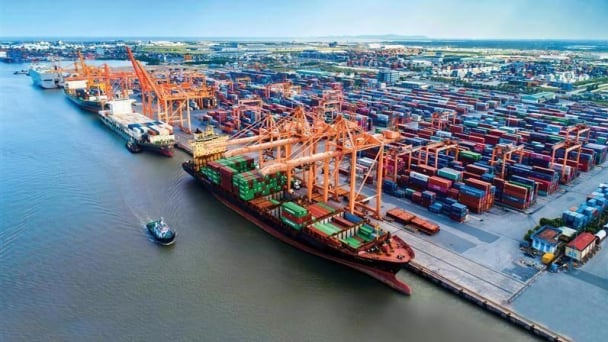
(VAN) South Korea is currently the second-largest investor in Hai Phong in terms of the number of projects (186 projects) and the largest in terms of total registered investment capital, reaching USD 14.2 billion.
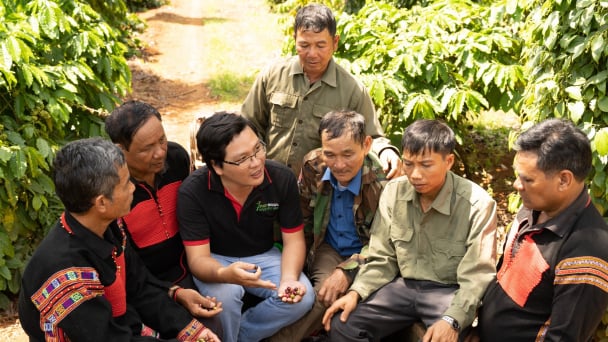
(VAN) As consumers become more environmentally conscious, legal regulations grow increasingly stringent...
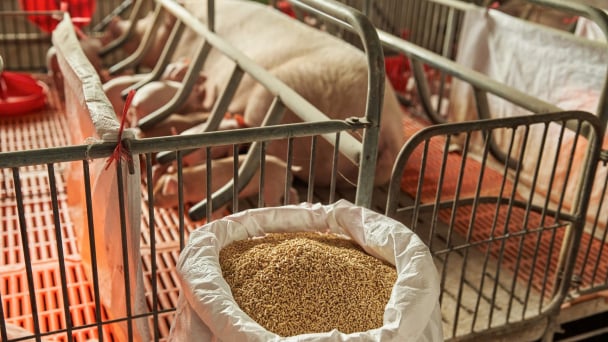
(VAN) CJ Feed&Care officially launched the FCR improvement campaign called “2025 Find Challenge Reach” in April 2025. In Vietnam, this campaign is implemented by CJ Vina Agri.
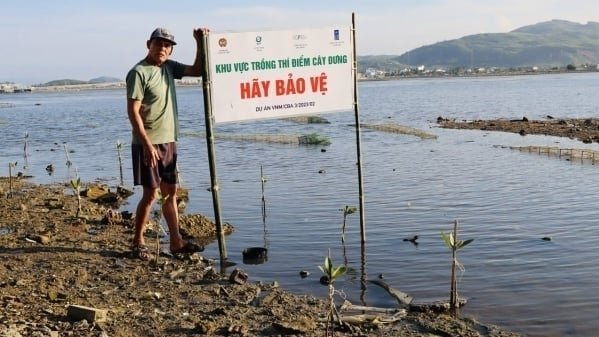
(VAN) The swamp in Pho Thanh is gradually being covered with red mangrove, creating a favorable environment for producing clean, high-quality salt.
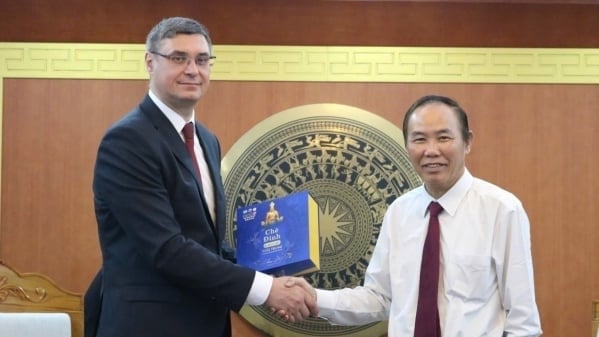
(VAN) The trade turnover of agro-forestry-fishery products is growing significantly, along with investment cooperation commitments that are opening up new development directions between Vietnam and Russia.
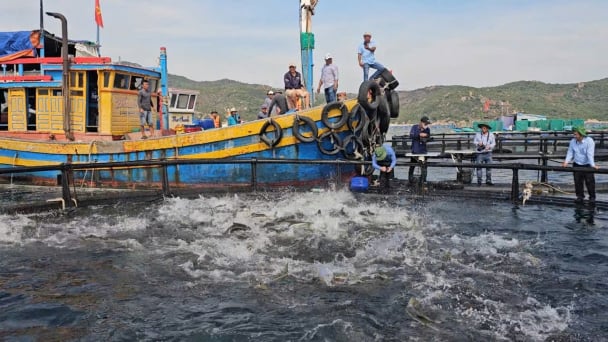
(VAN) Khanh Hoa is investing over 545 billion VND to develop 240 hectares of high-tech marine aquaculture in order to guarantee a consistent supply of seafood exports and achieve the USD 1 billion target.
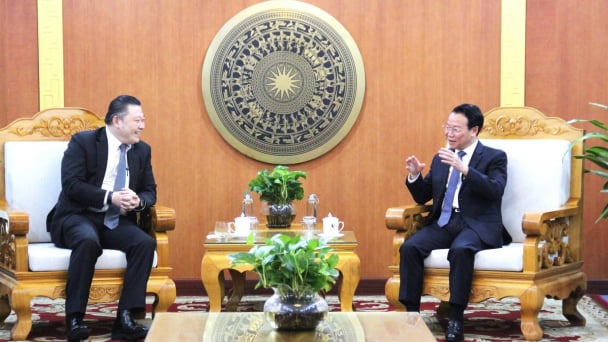
(VAN) Minister of Agriculture and Environment Do Duc Duy held a meeting with Soopakij Chearavanont, Chairman of C.P. Group, on May 15.